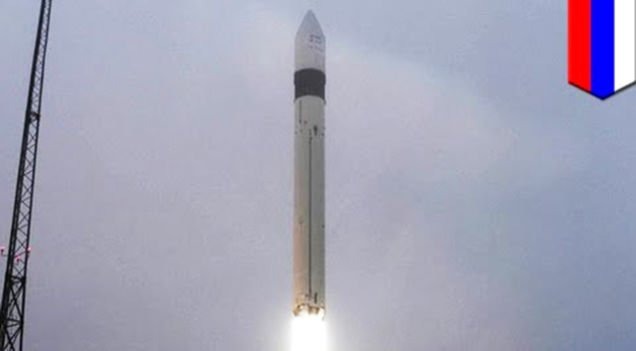Coca-Cola Co. and its partners announced they expect to be restoring 100 percent of the water utilized in their plants by the end of this year, reaching an old conservation objective five years ahead of schedule.
The beverage company, which declared the replenishment goal in 2007, said it’s currently “balancing” approximately 94 percent of the water. That implies that Coca-Cola is counterbalancing each gallon it utilizes by conserving or recycling a gallon somewhere else in the world.
The organization relies on a combination of systems to achieve this, including waste management at its plants and tree-planting projects that help reinstate watersheds.
In an official statement, CEO Muhtar Kent said “As a consumer of water, the Coca-Cola system has a special responsibility to protect this shared resource.”
The plan is meant to make certain that the corporation will have adequate water to meet its demand, as well as restoring confidence in customers who may be concerned about severe drought in California and other regions. Coca-Cola had initially intended to be water-neutral by 2020.
Through 209 developments in 61 nations, the Atlanta-based organization and its bottling associates have restored about 40.57 billion gallons of water. The organization’s system has also reused 33.47 billion gallons after waste management. Collectively, these numbers can meet the company’s objective by the end of this year based on 2014 revenue.
In an interview, global director of water stewardship at Coca-Cola, Greg Koch, said that the plan isn’t charitable so much as a tactical business move. Domestic water availability is vital to Coca-Cola’s victory, he said, since “the price point that we sell our products demands that we manufacture and distribute locally.”
When water availability is strained, “that presents risks, risk to those communities, those ecosystems, and all businesses operating there — including ours,” Koch stated.
However, there are some aspects of Coca-Cola’s water consumption that may not be featured in the statistics, said the director of the Water Resources Research Center at the University of Massachusetts at Amherst, Paula Rees. The organization’s agricultural water utilization, for example, may not be entirely known, she argued.
“There’s so much water that goes into a single product that it’s hard to capture all of the water footprint,” Rees said, adding, “All of the water that’s used to grow the corn — that goes into the fructose that sweetens the Coca-Cola.”
As part of its conservation endeavors, Coca-Cola has joined hands with other companies to increase water availability and look after river basins.
“There are still watersheds — regardless of how much we’ve replenished — that have stress and therefore are risks to ecosystems and those communities and economies that we’re a part of,” Koch said, adding, “We have to continue to do work well beyond any percentage of our sales volume because it is a vital business risk and a fundamental of our business model.
Stay Connected